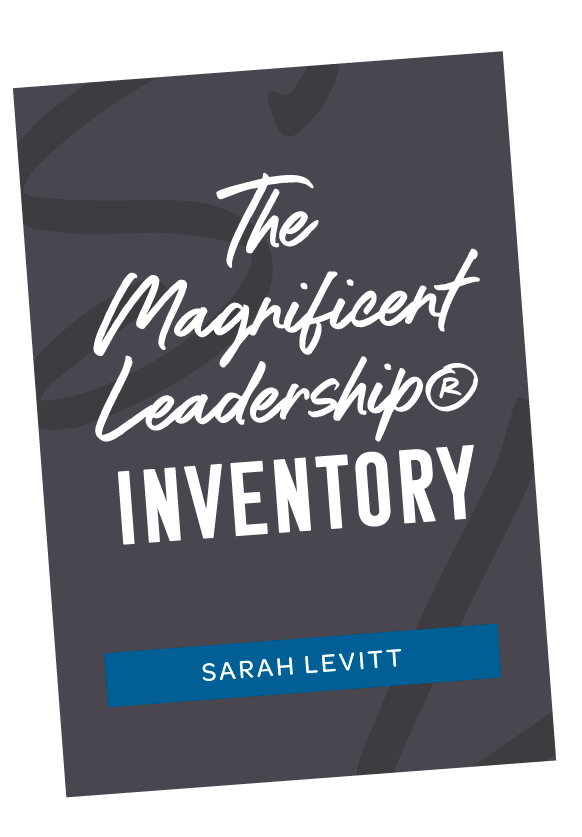A number of years ago, a senior executive hired me after firing their coach. Fast forward, and they now send me the senior leaders in their organization who are struggling.
The scenarios follow a similar pattern: The leader has entered a new and bigger role that requires something different and more of them, which, despite their efforts and prior success, isn’t happening as expected.
But accustomed to, and focused on, success, the leader is – almost always – blind to their shortcomings.
Which is when I get the call from my client.
This is what follows:
- The three of us meet and the coaching engagement is presented for the leader’s benefit and success, with transparency and support for their development. Because that’s exactly what it is.
- We establish objectives for the engagement with the caveat to revisit and add/amend as things progress.
- The leader has to be all in. I suggest a gut check, and that whomever they work with has to resonate. If that’s not me, keep looking. No Coachy Pants, no dragging.
- I recommend the following structure: regular check-ins among my client, the leader, and myself to monitor progress and get feedback as things unfold; the three of us determine the stakeholder interviews that I’ll conduct at the outset (usually 6-8, although we’ve done as many as 20); we begin with a 3 month engagement, which is atypical but important because we’re looking for real and substantial improvement; we evaluate and extend at the end of 90 days if there’s significant progress, thereby creating the conditions for change that lasts, that sticks. Through a combination of structured coaching sessions and access to me for quick questions and input, everything’s on the table from reviewing communications for tone and content to designing team meetings, to role playing for dicey but critical meetings to formulating a strategy to win over to unknowingly alienated stakeholders, to how to show up and take accountability in meaningful and impactful ways. We’re not messing around.
- Feedback from the 360 conversations is shared between the leader and myself as soon as it’s gathered in a direct (not harsh) and compassionate manner. I let them know that some of the information may be hard to hear, that it might sting. But I’m in their corner, rooting. And they know it.
- We talk about how perception is not who they are, but that it’s powerful. And if it’s harming their effectiveness, diluting their impact, and impeding their trajectory, it’s worth addressing.
- From the jump, the expectation is that their behavior can and should change rapidly, but perception can take time. Their job is to stay the course and have patience.
- We look at this work in the greater context of their leadership and careers, that it can be used as an opportunity to open future opportunities rather than close them.
My client, an extraordinary leader who grows other leaders, knows that these engagements might not turn out as we’d like.
But they also know that the potential return on their investment is gigantic.
So far, their savvy and instincts have paid off.
Haven’t lost one yet.
For more on how we can partner on customized leadership development, drop me a note sarah@sarah-levitt.com or go here to learn more.




 Are you elevating your leadership as your business grows?
Are you elevating your leadership as your business grows?